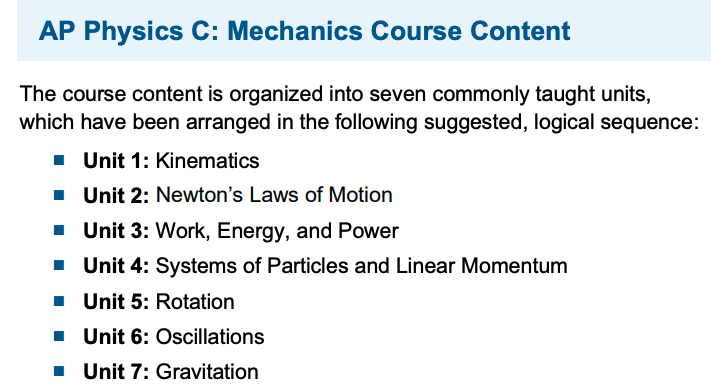Gonzo AP Physics C 2023
The single most important thing you can do to learn physics and do well on the AP Exam is to
WORK LOTS OF PROBLEMS.
You should be downloading and working released FRQs
EVERY DAY.
WORK LOTS OF PROBLEMS.
You should be downloading and working released FRQs
EVERY DAY.
Click Below to view AP Physics C tutorials
Please log in to AP Classroom and join our class!!!
Please download and read these documents!
| ap-physics-c-mechanics-course-overview.pdf |
| apcmmc.pdf |
| apcemc.pdf |
| ap_lab_report_overview_and_rubric.pdf |


